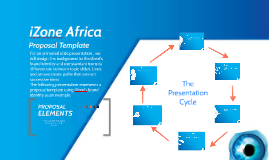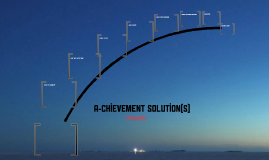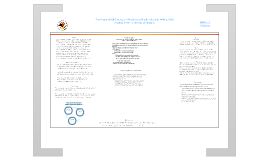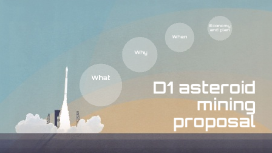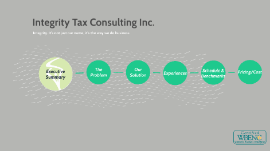Proposal template
Transcript: The Impact of Self-Grading on Middle School English Students’ Writing Skills Angelica Smith - University of Maryland Abstract Superficial teacher feedback on writing assignments combined with little to no student effort to reflect on any feedback keeps students from the opportunity to refine essential metacognitive skills. Previous research indicates that self-grading is an effective strategy for students to practice metacognitive awareness. After 9 weeks of instruction incorporating either self-grading or providing traditional teacher feedback for reflection on writing assignments, gains of 85 seventh graders’ writing scores for organization will be analyzed to determine the extent to which the metacognitive experience of self-grading improves performance. Empirical evidence should help teachers ascertain whether the time-consuming practice of self-grading is valuable to student learning. Statement of Problem Peer- and Self-assessment are not as widely practiced as they could be because teachers' goals are to save as much time as possible and to ensure grade accuracy for all students. Logistical, pedagogical, and metacognitive benefits of peer- and self-assessment were contested and needed to be put to the test. Students don't reflect on teacher feedback on writing assignments and miss out on opportunities to refine metacognitive skills necessary for learning. Significance The proposed study contributes more knowledge about the benefits of self-assessment on student learning The proposed study helps teachers ascertain the value of incorporating self-assessment into their regular practice in improving performance, despite how much time is required for planning and preparation. Research Foundation The Impact of Self- and Peer-Grading on Student Learning Philip M. Sadler and Eddie Good After a Supreme Court decision in favor of peer-grading in classrooms, Sadler and Good decide to put benefits of self- and peer-grading to the test that are of teacher interest (p. 13) Participants included four middle school science classrooms Issues of interest: Student grades as substitute for teacher grades Student grading as a tool for student learning Results: High correlation between teacher and student grades Bias within student grading in self- and peer-assessment Self-assessment students made most gains in test scores Rationale for Proposed Study Test familiarity could have effected results Realistic assessment to determine student learning Research Questions / Hypotheses To what extent does the experience of self-assessment (training and process) impact students' writing organizational skills? Students who participate in self-assessment will improve their writing organizational skills significantly more than comparison students. Methods Participants 113 students in 4 sections of seventh grade English and their teacher No previous instruction on concept being taught during data collection Same age-range as students in original study / Studying different content Measure Scoring Guide for Writing - five or six traits writing rubric; traits include: Ideas & Content, Organization, Word Choice, (Voice,) Sentence Fluency, and Conventions; scores range from 1-lowest to 5-highest. The proposed study will target scores in Organziation. Different from measure in original study in that it is county-/teacher-designed, not student-designed, and assessess aspects of writing instead of science. Procedure All students receive instruction on the Well-Developed Paragraph (WDP) formula: a tool students are required to use to structure WDP's when writing literary analysis. 2 sections in control group (receive traditional teacher feedback on writing assessments); 2 sections in experimental group (trained and participate in self-assessment process) Of the four WDP's written to assess mastery of reading and writing skills, organization scores for first and fourth WDP will be collected. Data Analysis To what extent does the experience of self-assessment impact student's writing organizational skills? Descriptive statistics (means and standard deviations) are calculated in both groups for the first and fourth WDP. Gains from first to fourth WDP are calculated, and mean gains are found. t-test is conducted to determine the significance of the gains in both groups. EDHD 662 Fall 2012 Awareness of progress and performance Ability to modify strategies mid-task Evaluating Reference Sadler, P. M., & Good, E. (2006). The Impact of Self- and Peer-Grading on Student Learning. Educational Assessment, 11(1), 1-31. Assess final product Evaluate strategies used Planning Monitoring Theoretical Foundation: Metacognitive Regulation Selecting strategies Choosing/acquiring resources








